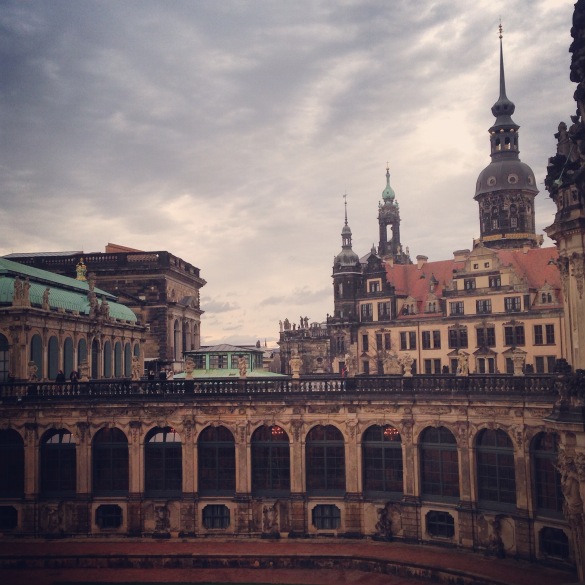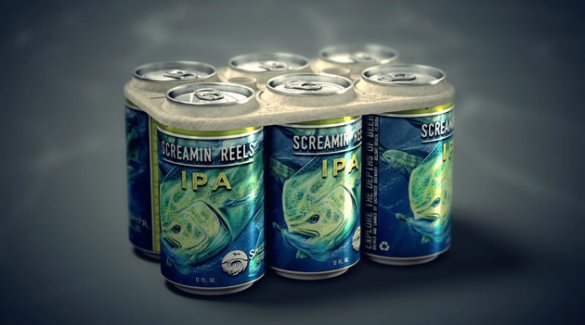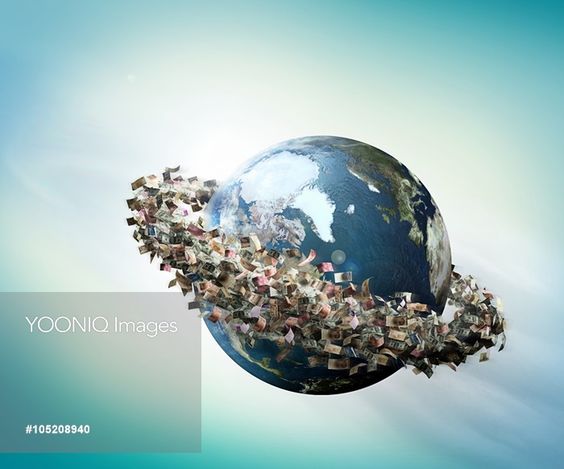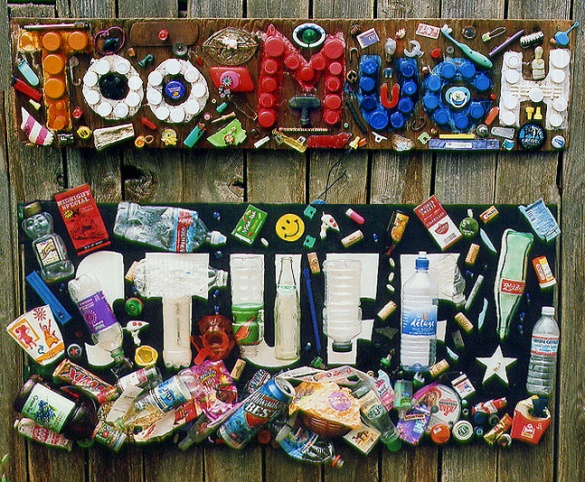 By Asha Brogan
By Asha Brogan
While in class and reading “Communicating with Nature” we predominantly discussed the American perspective, and many of us in the US only observe that culture. I recently was given the chance to spend a few months in Berlin, Germany studying. During my time there I not only took a class in environmental science taught by a native EU citizen, but I experienced the EUs attempts to prevent a linear consumer cycle toward a more circular one, as discussed in “Communicating With Nature”. The times this seemed most prominent were in the complex recycling system and grocery shopping experience.
While Americans can save a few pennies by using their own bag at some grocery stores the generic plastic bag is still a staple of Kroger’s nationwide. At our local “Rewe” (Its not Ree Wee Asha, its Rei Vae) If you went to the store and forgot to bring your own bag it would cost you several Euros, and as a college student thats a fair sum. The only bags the store provided where a fairly heavy weight plastic or cloth bag each costing 3 Euro. One quickly formed a habit of keeping a grocery bag or two tucked in a purse and this is a habit thats carried over into my American life.
The recycling system is nearly a mind game. But cleverly devised by the EU Environmental commission. There is the cardboards and papers, the plastic. and the glass bins. Then the glass bins are divided up by color: green, clear, and brown. I will not lie that I groaned knowing it was time to haul out the large bag of wine bottles I had accumulated and sort them into the various bins located on the sidewalk down from my apartment, yet all my neighbors did it, and the bins would fill me with guilt if I didn’t use them. Not to mention the trash cans were too small to contain all of our waste.
Small baby steps don’t seem like a difficult step, although they apparently are since I don’t see many of the changes that Europe has, and the US still is rated as one of the largest consumers in the US. I do hope we can come to a point where this changes though.










 Sources:
Sources: